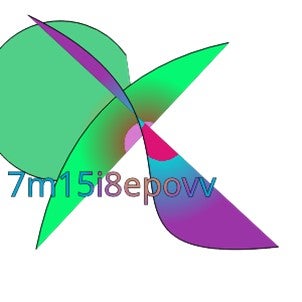Empower and Revitalize Japan for Next Generation
Enjoy our initiatives and ideas that embody SOPHOLA's Vision, Mission and Values.
We will update our employees' daily lives and thoughts so that you can understand the SOPHOLA culture.
Next Tracking Technology: Canvas Fingerprinting
It has been more than five years since Apple began tracking prevention with the inclusion of Intelligent Tracking Prevention (ITP) in its Safari browser. It became a major topic of conversation as a measure that incorporated the feelings of users who distrusted and disliked the targeting of Internet advertising, and Google and Mozilla, which provide other major browsers, have followed this move. For example, Google’s Chrome announced that it will gradually discontinue 3rd party cookies starting in late 2024, and Mozilla has already released a default blocking feature for 3rd party cookies for Firefox in 2019.
This trend of major browsers moving away from tracking by 3rd party cookies is called “Cookieless” in the industry, and for ad technology companies that have been tracking users (browsers) by 3rd party cookies This is a very big change for ad technology companies that have been tracking users (browsers) with third-party cookies. (The new tracking technology called “fingerprinting” was born out of this trend (although some companies had foreseen it). Fingerprinting means “taking fingerprints” and is used to identify users (devices, browsers). The “fingerprinting” is based on multiple pieces of information, but the main information used is as follows
- Information about the software used on the device (e.g., user agent)
- Information about the device specifications (e.g., screen size)
- Information about the network (e.g., IP address)
However, since these information are only combined to estimate the user (device, browser) as a “fingerprint,” the accuracy of user identification is generally lower than that of 3rd party cookies.
Canvas Fingerprinting, a type of fingerprinting technology, uses a special method of tracking by using image generation instead of the above information. Specifically, it uses a graphic drawing function called “Canvas” implemented in HTML5; the image (fingerprint) generated by Canvas seems to change slightly from computer to computer, making it possible to identify the user from the generated image. Estimation accuracy is also said to be very high, around 99.5%. In addition, previous tracking technologies have been unable to prevent and
- Blocking tools
- Web browser built-in tracking denial function (DNT)
- Private Browsing
- Delete/block cookies
and others will be powerless in the face of this canvas fingerprinting technology. This technology may revive personalized advertising and content that is being lost in the cookie-less era. On the other hand, site owners are often using this technology without user consent, and there is a need for measures similar to those for cookie consent. In fact, Human Rights Watch, an international human rights NGO, has disclosed that Z-Kai in Japan is using this technology to identify users through Spider AF provided by Spider Lab. The following is an excerpt from the relevant article.
“Human Rights Watch observed Z-kai fingerprinting children in Japan by secretly drawing this image on their web browsers:

Two such canvas fingerprinting scripts were built and loaded on the Z-kai site by spider.af, a Japanese company that specializes in ensuring that advertisers’ intended audiences see their ads.[74]
Z-kai and spider.af did not respond to our request for comment.
It is not possible to determine the intent behind the use of canvas fingerprinting and how it is used by the product it is embedded in. However, none of these eight websites disclosed their use of canvas fingerprinting to their users. In doing so, these companies effectively kept their users in the dark that they were being invisibly identified and followed around the internet by tracking technology that is difficult to avoid or protect against.”
The article was a reminder that we need to take precautions and countermeasures against these new technologies, while also making good use of technology!
Masaki “Mark” Iino
Founder & CEO
SOPHOLA, Inc
